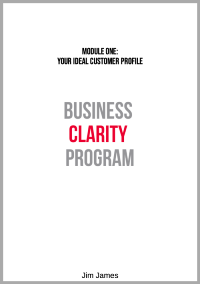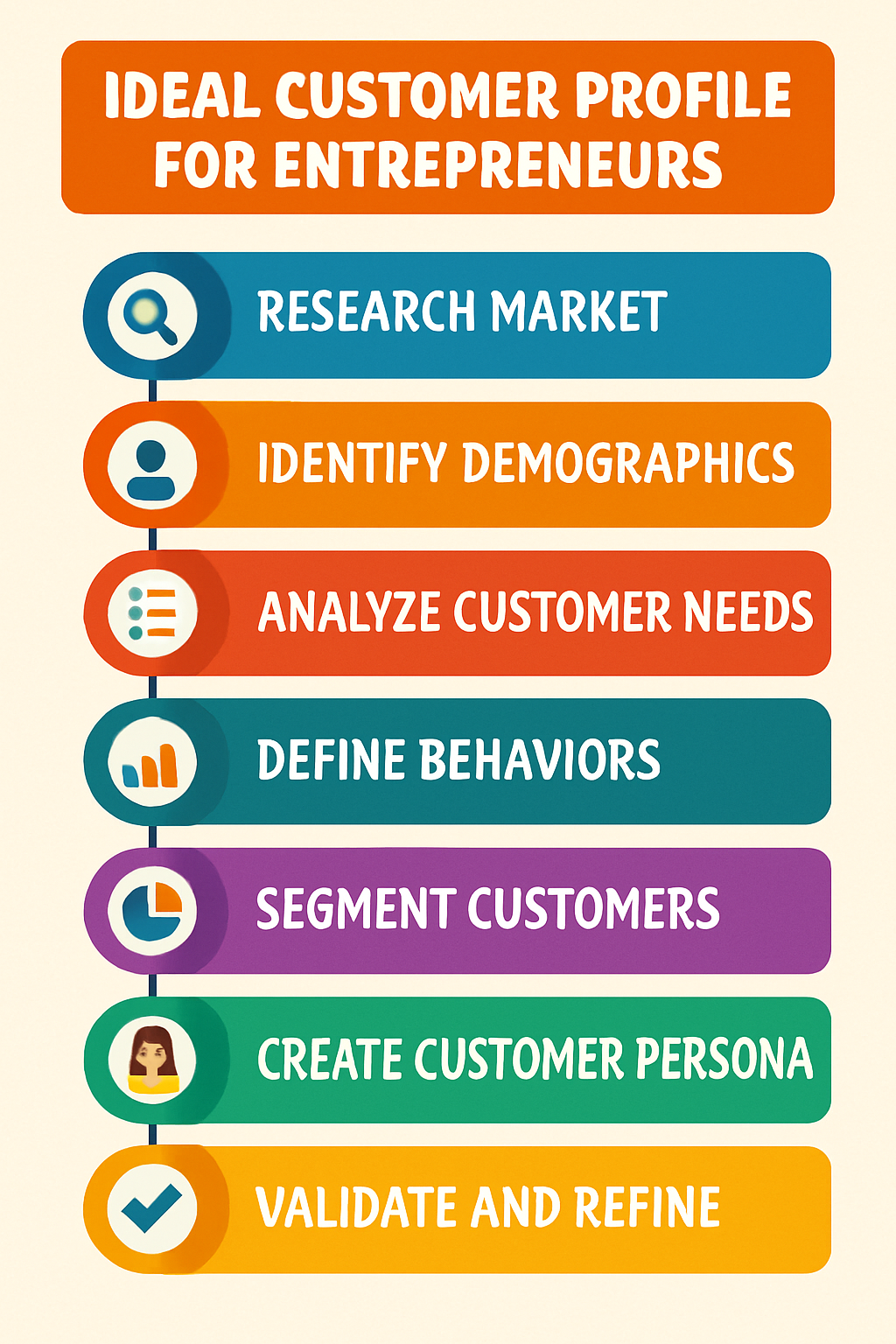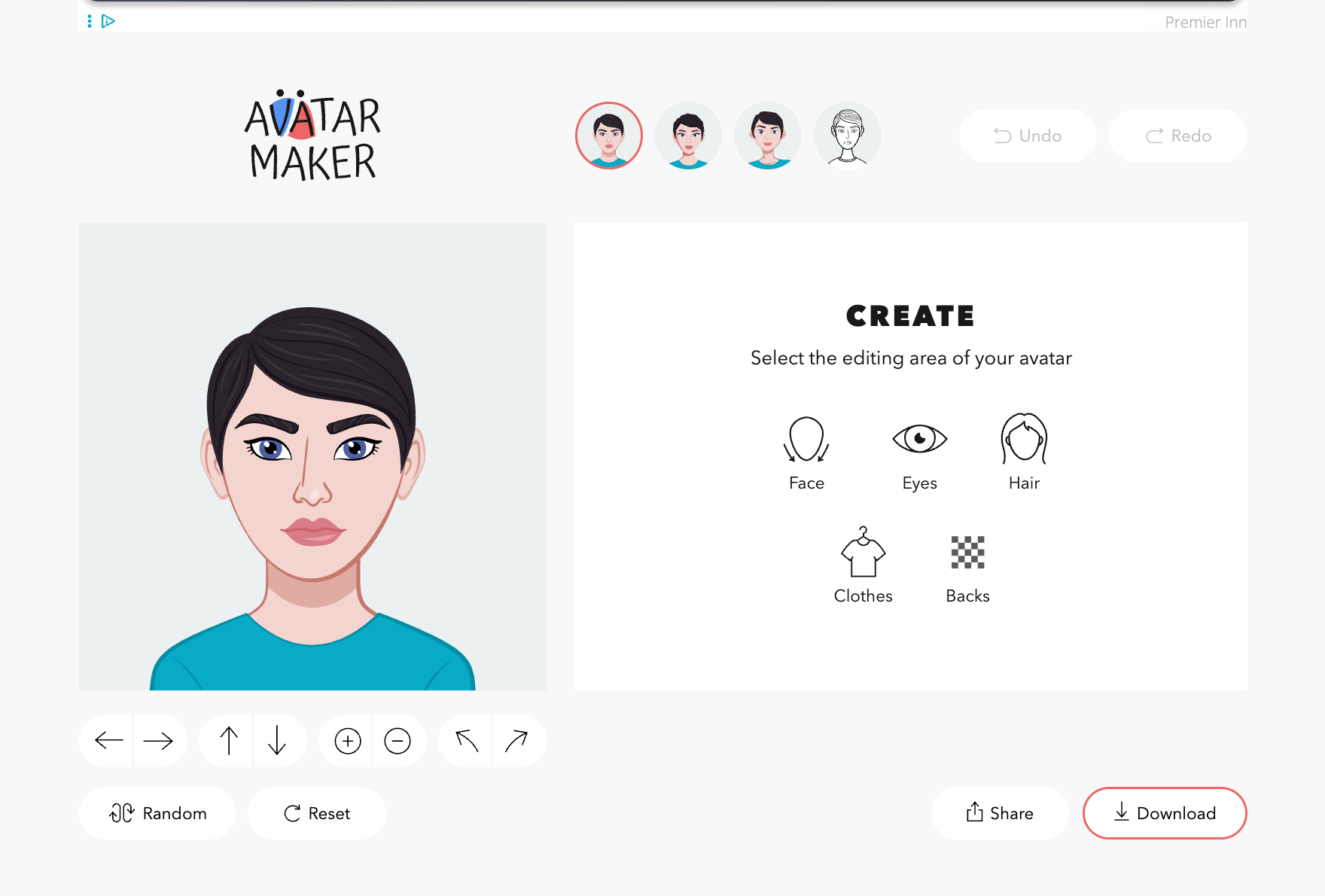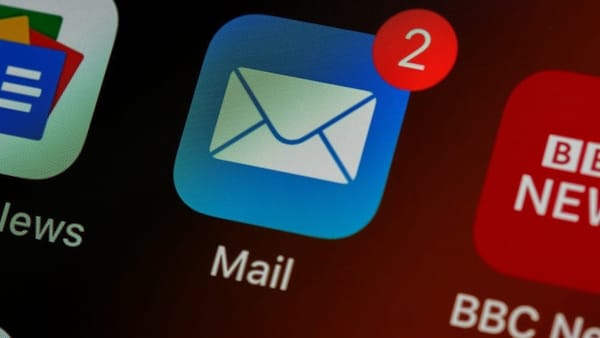Swordfish or small fry! Which customer are you fishing for?
The smartest businesses don’t just acquire customers; they find the right customers. When you work with clients who are the perfect fit, they buy faster, stick around longer, and even recommend you to others. That’s the magic of an Ideal Customer Profile (ICP).

There are plenty of fish in the sea, or customers in the market, the question is which one is right for your business?
It makes a difference because you need to bait the sales hook according to the fish you're going after.
Watch the video, then read on...
Watch the video, then read on... photocredit:theunnoticedentrepreneur™️
In my business clarity course I start by defining the Ideal Customer Profile (ICP). [I've included a download to the work book below.]

This article will walk you through how to create your ideal customer profile — so you can stop throwing bait into the sea of the wide open market, and instead prepare for the catch that fits your business boat.

Why the Ideal Customer Profile Matters
Retaining a client costs far less than acquiring a new one — some studies say up to five times less. But not all clients are created equal.
The right customer:
- Gets the value of what you offer.
- Is easy to sell to.
- Brings you healthy profits.
- Returns for more (and tells their friends).
They’re not just “a sale” — they’re a relationship.
When you define your ICP, you put yourself in a position to market smarter, close faster, and serve better.
Step-by-Step: Building Your Ideal Customer Profile
The ICP is more than a vague idea of “people with money who need my product.” It’s a detailed portrait of your dream client: who they are, what triggers them to buy, and how they make decisions.
Here’s how to build it.
1. Define Job Description & Industry
Start by identifying the specifics:
- Job titles of decision-makers and key users
- Their level of responsibility or equity in the business
- Educational background
- Industry or niche they work in
- Where they’re based
Ask: What challenges do these people face that my product or service solves?
2. Understand Purchase Triggers
What’s happening in their world when they start Googling a solution like yours?
- Industry changes or new regulations
- Operational struggles (e.g., inefficiency, cost overruns)
- Company growth or restructuring
- Seasonal shifts or market trends
Knowing this lets you show up at the exact moment they need you.
3. Identify Their Success Criteria
What does winning look like for them?
- Tangible outcomes: revenue growth, cost reduction, faster workflows
- Emotional goals: feeling more in control, boosting their reputation, peace of mind
- Whether they’re replacing a current provider or buying for the first time
Your offer should map directly to these success markers.
4. List the Perceived Barriers
Why might they not buy from you?
- Past bad experiences with similar products
- Misunderstandings about what you do
- Fear of change or disruption
- Price concerns
When you see these coming, you can address them head-on in your marketing and sales conversations.
5. Clarify Their Decision Criteria
What do they compare when choosing vendors?
Common factors:
- Quality, features, and performance
- Ease of integration
- Service and support
- Pricing and payment terms
- Reliability and reputation
The earlier you understand these, the more you can emphasise the right benefits.
6. Map the Buyer’s Journey
Every purchase is a series of steps — from research to negotiation to signing the deal. Track:
- Who’s involved at each stage
- Which influencers sway the decision
- How fast they typically move
- Where they go for trusted advice
This knowledge lets you deliver the right content at the right time.
7. Align with Their Performance Metrics
Your customers are judged by their own KPIs — hit those targets, and you’re indispensable.
Examples:
- Revenue growth or cost savings
- Customer satisfaction scores
- Speed of delivery or efficiency gains
- Industry benchmarks
Show them how your product moves the needle on these measures.
8. Know Their Trusted Resources
Where do they turn for answers and ideas?
- Industry influencers or thought leaders
- Trade publications and blogs
- Webinars, events, or networking groups
- Social media communities
If you’re present where they listen, you build credibility before they even reach out.
Bringing It All Together
Once you’ve answered these eight areas, bring your ideal customer to life. Give them a name, an age, a job title, and even a photo or avatar.
Use tools like AvatarMaker to visualise your ICP.

For example:
“Sophie, 42, Operations Director at a mid-sized manufacturing firm in the UK — measured by cost savings and operational efficiency, triggered to buy after regulatory updates, reads Industry Today, and values integration speed over price.”
You can also use Dalle in ChatGPT with the prompt:
Create an ideal customer profile image for me using this description: “Sophie, Asian, 42, Operations Director at a mid-sized manufacturing firm in the UK — measured by cost savings and operational efficiency, triggered to buy after regulatory updates, reads Industry Today, and values integration speed over price. Wears clothes from the high street stores, likes to have interesting reading glasses, goes to the gym 3x a week. ”

Suddenly, you’re not targeting a “demographic” — you’re talking to Sophie. And that changes everything about how you market.
How to Use Your ICP in Real Life
Your Ideal Customer Profile isn’t just a thought exercise. You can:
- Tailor your marketing copy to speak their language.
- Spot and act on buying signals faster.
- Address objections before they’re voiced.
- Show measurable results that map to their KPIs.
- Focus your limited resources on the highest-value clients.
Final Tip: An ICP is not fixed forever. Revisit it every 6–12 months to reflect market shifts, product changes, and lessons learned from working with real customers.
The more clearly you know who you serve best, the easier everything else becomes — from marketing to sales to delivering jaw-dropping customer experiences.
Free Workbook
Take a quiet hour today, grab a notebook (or the downloadable workbook below, and start sketching out your Ideal Customer Profile.
There are plenty of fish in the sea...the question is which one do you want to catch?
If you'd like to work on your ICP then just reach out to contact me. Or if you'd like to know how I create these digital assets using AI.






